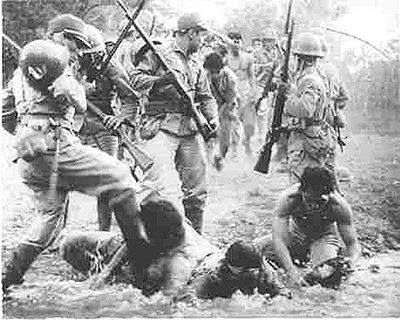During World War II, there were two (2) death marches in the Philippines that were presented at the Tokyo War Crimes Trials as evidence of the inhuman treatment of prisoners of war (POWs).
These were the “Bataan Death March” and the “Iligan Death March”, also referred to as the “Mindanao Death March” or the “Dansalan Death March” in some accounts.
While the commemoration of the Bataan Death March is commemorated annually with the Araw ng Kagitingan (Day of Valor) national highway every April 9th, very few people know about the Iligan Death March.
On the 4th of July 1942, surrendered Filipino and American soldiers in Mindanao were made to march on a rocky dirt road and under the blazing tropical sun, from Camp Keithley in Dansalan to Iligan in Lanao – a distance of about thirty-six (36) kilometer (25 miles) prior to their transfer with the rest of the Mindanao POWs to Camp Casisang, Malaybalay, Bukidnon.
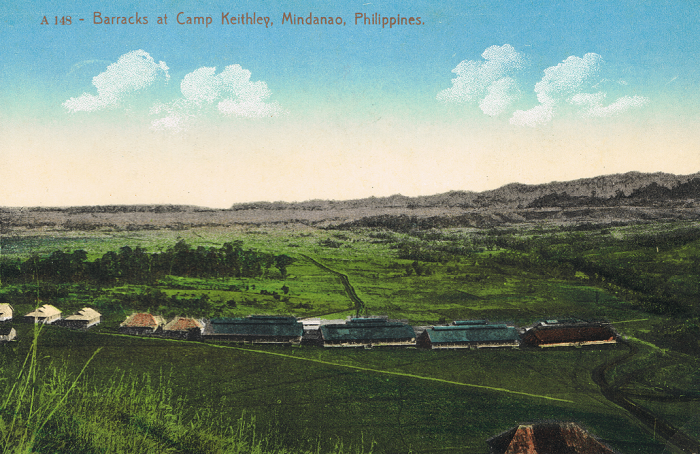
Transport trucks, although available, were denied the POWs. Without food and water, one by one the soldiers fell down due to exhaustion. Those who fell were shot in the forehead to prevent them from joining the guerrillas in the event they recover. But the story did not end there.
The Tokyo War Trials
On January 19, 1946, the victorious Allied powers—France, the Soviet Union, the United Kingdom, and the United States of America— established the International Military Tribunal for the Far East (IMTFE) in Tokyo, Japan.
The IMTFE had the jurisdiction to try individuals for Crimes Against Peace, War Crimes, and Crimes Against Humanity that were committed during the World War II. The subsequent trials held were collectively known as the Tokyo War Crimes Trials.
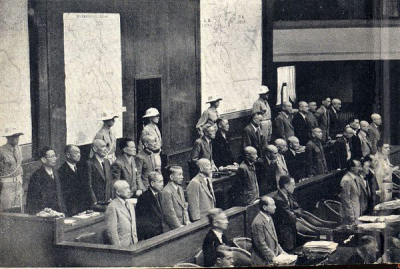
The Tokyo War Crimes Trials were held between May 1946 to November 1948. The Philippine Prosecution Team presented and proved before the IMTFE at least sixteen (16) incidents of indignities, torture and barbarities committed against the Filipino and Foreign Prisoners of Wars (POWs) and civilians.
Each of these incidents is a bundle of gruesome stories and tales of human suffering. The Bataan Death March, notorious as it was, overshadowed all the other incidents in history books.
In fact, of the 16 incidents, only the Bataan Death March appeared in history textbooks. All the others remained unknown. Because the evidence against the accused were overwhelmingly strong, the Iligan Death March, along with others, were only summarily presented and proven during Tokyo War Crimes Trials.
Guests of the Emperor
The Japanese landed in the Southern part of Mindanao, in Parang, Maguindanao. From there, they began advancing northwards to the Province of Lanao. The Philippine Troops of the 81st Division including Moros of the famed Bolo Battalion under Brigadier General Guy O. Fort planned to defend Ganassi, Bacolod Grande on the southern end of Lake Lanao and stop the advancing Japanese troops.
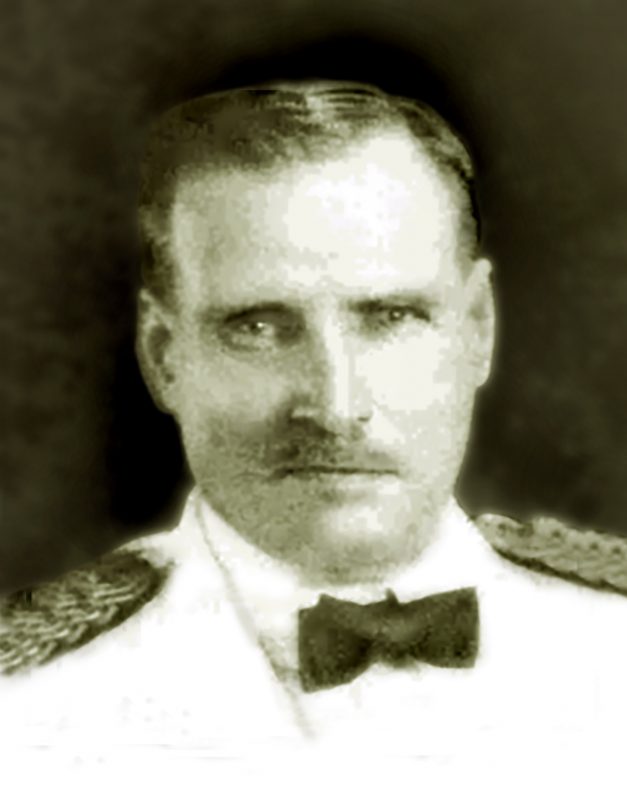
www.oocities.org/comralcaraz/dec1941 (photo enhanced by Philip Garcia)
Gen. Fort planned for guerrilla warfare. However, on May 6, 1942, Lt. Gen. Jonathan M. Wainwright IV, the Allied commander in the Philippines, surrendered the Filipino and American Forces on Bataan and Corregidor. Gen. Homma threatened to kill the American surrenderers from Bataan and Corregidor unless all American and Filipino forces surrendered.
Subsequently, on May 10, 1942, Gen. Wainwright ordered Maj. Gen. William F. Sharp to surrender all his US and Filipino troops in Mindanao. He complied. At Bubong, Lanao del Sur, a large number of Filipino troops escaped to the hills. The Americans were ordered not to desert or face court martial.
While Gen. Sharp officially surrendered the Mindanao-Visayan Force on May 10th, 1942, the final surrender of units in Lanao under Brigadier Gen. Guy C. Fort did not take place until May 28th, 1942.
On May 26, 1942, soldiers walked 6 miles from Bubong to Dansalan, where they surrendered their arms. The Japanese Commanding Officer declared them to be “guests of the emperor” and not “prisoners of war.” There were 46 Americans and some 300 Filipinos under General Fort who surrendered.
While awaiting instructions from Lt. Masaharu Homma, the POWs were billeted in an abandoned building once used as a mint for producing provincial money. Soon, the Japanese soldiers guarding the POWs were replaced with extremely young men who slapped them if they failed to count in Japanese.
Beginning in June 10, 1942, the young Japanese guards invaded the POW sleeping quarters. During these nightly invasions, the Japanese looted the POWs of their belongings, beat and abused them physically. These incidents resulted in hushed talks about escaping. To avert possible escape, the Japanese guards adapted the Honor System, that is, for every soldier who escaped, their officers would be executed.
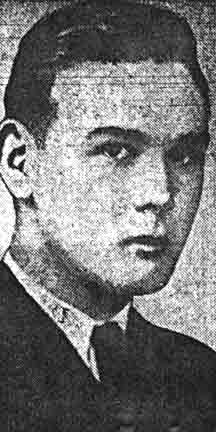
On July 1, 1942, Lt. William Knortz, Pvt. Robert Ball, Seamen Jas S. Smith and William Johnson escaped. Under the Honor System, Col. Robert Hale Vesey, Captain A.H. Price and Sgt. John L. Chandler paid the price. When asked about the whereabouts of the abovementioned officers, the Japanese interpreter only remarked: “They died like soldiers.”
The Japanese were very angry with the escape. As punishment, all POWs were required to walk instead of riding to Iligan.
The Iligan Death March
At 8:00 A.M., July 4, 1942, the POWs lined up for the march at Dansalan (now Marawi), Lanao. The Americans were arranged four abreast and strung together in columns by a gauge wire through their belts. The Filipino POWs, though unwired, were to walk barefooted.
As it was the fourth of July, the march was mockingly dubbed the “Independence Day March.” A truckload of Japanese soldiers with a mounted machine gun followed the prisoners, ready to shoot anybody who tried to escape.
As the day progressed, the midday tropical sun became unbearable. Without food and water, one by one the soldiers fell down due to exhaustion. Those who fell were left behind after they were first shot at the forehead to prevent them from joining the guerrillas in case they recover.
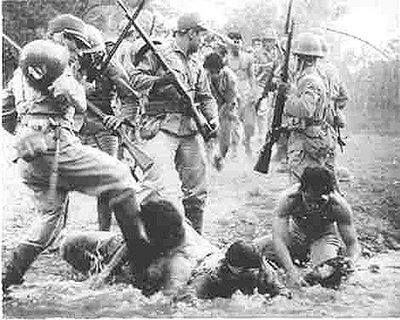
This scene was often repeated during the Mindanao Death March.
Among the more prominent deaths recorded during the march were those of Mr. Childress ( or in other documents – Kildritch) was an American civilian who owned a coconut plantation in Mindanao, shot by a Japanese guard for failing to keep up with the other marchers; Major Jay J. Navin, Commanding Officer, 84th Regiment, who had received severe injuries and was unable to continue, was shot at Momungan, and was later buried by Filipino civilians; and Lt. Robert Pratt, Finance Officer, 81st Division, who died of exhaustion in Iligan after the march;
The Filipino soldiers, being resilient people, started the march at a lively pace. They weren’t tied together. But unlike their American counterparts who wore military shoes, they walked barefooted. A few hours into the walk, the hot rocky dirt road started to burn their feet, which was so unbearable that some of them started crawling. One was left behind. The Japanese guard, tired of prodding him to walk, bayoneted him to death.
One Filipino POW from Dansalan was forced to walk on crutches with a broken leg. He was later rescued by the MacMichael family and nursed back to health. Filipinos who attempted to give the prisoners fruit or food were slapped or kicked and their food thrown away.
As the march continued, the Japanese killed four more Filipinos, including a Medical Officer with a Red Cross band on his arm. By the end of the day, Fullerton, Jr. estimated some ten or twelve Filipino soldiers were killed by bayoneting or shooting.
At St. Michael’s Academy, Iligan
By mid-afternoon, when the throng was about 3 kilometers from Iligan, the gauge tie was removed. They arrived in Iligan at around 7:00 P.M. in the evening. All were tired, thirsty, hungry and were at the point of complete exhaustion.
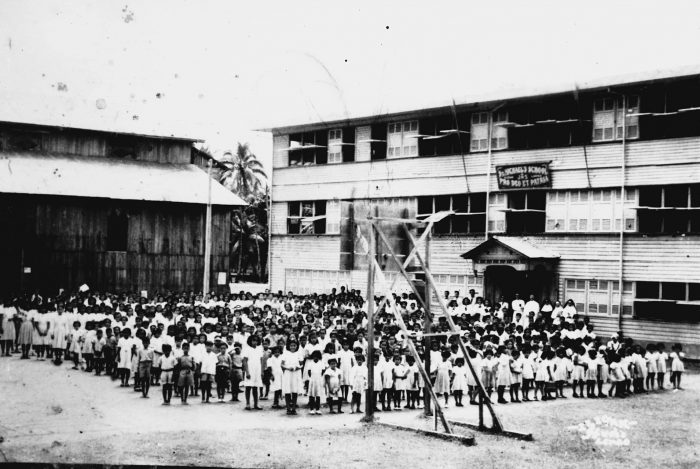
The St. Michael’s Academy building where the Mindanao Death Marchers were kept overnight on July 4, 1942 is most probably the one to the left. Taken when the school was still called St. Michael’s School, the Anglicized version of the original name Escuela de San Miguel when it was established in 1915 from the former catechetical center in 1914 (administered by the last Spanish Jesuit in Iligan) and was taken over by the first American Jesuits in 1915.
(photo courtesy of Prof. Ricardo Jorge S. Caluen from his magazine “Vignettes of Iligan History”)
The POWs, both Filipinos and Americans, were housed in a rickety two-story school building of St. Michael’s Academy, located across the St. Michael’s Church in Iligan. The Filipino POWs occupied the first floor while the Americans were locked at the second floor.
Off to Camp Casisang, Malaybalay, Bukidnon
The POWs stayed in Iligan for two (2) days before they were ferried away to Cagayan de Misamis. The Japanese, every now and then, confiscated the POWs’ money, valuables, gold rings, wristwatches, etc. on the pretext that the POWs had to purchase their own food or transportation. Afraid of another dreaded march, the POWs gave whatever they had of value to the Japanese.
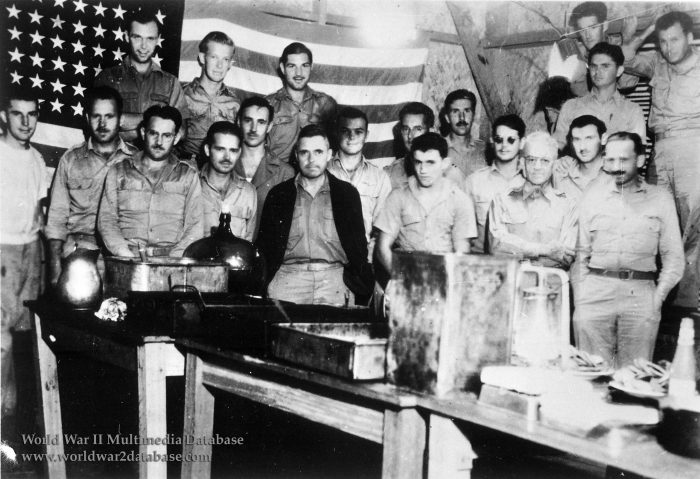
On July 6, 1942, the POWs boarded a canon boat and sailed a hundred miles east along the shore of Mindanao to Cagayan de Misamis, the capital town in Northern Mindanao. From there, trucks took them to Camp Casisang, Malaybalay, Bukidnon where they joined other POWs from Mindanao.
Conclusion
The story of the Mindanao Death March, through all these years, has remained relatively unknown. This speck of Philippine History was neither available nor accessible to the Filipino reading public until online primary sources became available. Triangulating and verifying these online primary sources with other available printed and non-print sources made possible the admissibility of these sources as historical records to be used as evidence for the writing of this historic fact – the Mindanao Death March.
As shown, it was a tragic story of how the American and Filipino POWs experienced undue brutalities and indignities during the WWII in Mindanao. They surrendered and thus, under the existing laws of war, they expected civil treatment from the Japanese victors. It is now time to rewrite the Philippine History textbooks and create more space for the participation of Mindanao in WWII.
Aftermath
On the Fourth of July, 1942, Lt. Col. Wendell W. Fertig sat on a high hill near Dansalan looking down on the National Road. Below him the Japanese paraded a long line of ragtag and malaria ridden POWs, in hopes of impressing the citizens of Mindanao.
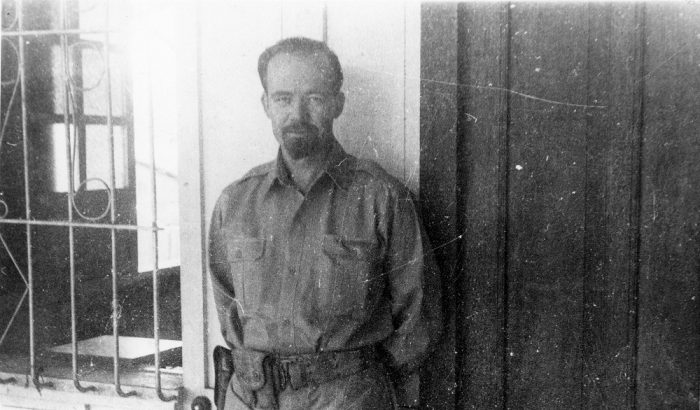
At the head of the column they placed Brigadier General Guy Fort in an open truck. The POWs shambled forward tied together foot and hand with telephone wire. Whenever they lagged, Japanese guards beat them or jabbed them with bayonets fixed on their long rifles.
When they fell they were stabbed. Watching from above, Fertig decided he would never surrender. He would fight. (from They Fought Alone, by John Keats, pp 82-83)
By late 1944, Fertig commanded the 10th Military District of the US Forces in the Philippines (USFIP) a guerrilla force estimated at 36,000—the equivalent of an Army Corps —with 16,500 of them armed. Fertig also created and helped administer the civilian government of Mindanao while at the same time conducting the guerrilla war against the Japanese.
The USFIP killed at least 7,000 Japanese soldiers and, while a constant drain on Japanese resources, they also prevented the Japanese from fully utilizing Mindanao’s resources in support of its war efforts. At one time, the Japanese committed approximately 60,000 troops in an attempt to crush guerrilla resistance on Mindanao, troops that were desperately needed elsewhere.
Throughout the entire Philippines, the guerrillas managed to tie down a Japanese army of 288,000 troops, of which approximately 43,000–60,000 were on Mindanao, depending on the time period. (From PBS. 2009. MacArthur: The Guerrilla War. Retrieved March 30, 2021; and Schmidt, Larry. (1982). American Involvement in the Filipino Resistance on Mindanao During the Japanese Occupation, 1942–1945
-30-
While the Bataan Death March is a widely known indignity to WWII POWs, there seemed to be only scanty accounts of the Iligan Death March. It is fortunate that at least four (4) of the American POWs who participated in the said death march eventually survived the gruesome war and narrated their ordeals before they died.
They were: Victor L. Mapes, Herbert L. Zincke, Richard P. Beck and Frederick M. Fullerton, Jr. These narratives, however, can only be found online. After validating these sources, it is now possible to retell the story of the Mindanao Death March for present and future generations. (with additional research by Mike Baños)
Additional info from the 108th Division Unit History, Chapter 1- The Surrender of the Mindanao-Visayas Force (1944), page 43-44, 108th Division, Philippine Archives Collection, Philippine Veterans Affairs Office; MacArthur: The Guerrilla War. (PBS, 2009). Retrieved March 30, 2021; and Schmidt, Larry. (1982); and American Involvement in the Filipino Resistance on Mindanao During the Japanese Occupation, 1942–1945
Read the full text of Mr. Donesa’s paper as published by the International Journal of Innovation, Creativity and Change. www.ijicc.net Volume 11, Issue 7, 2020 at this URL: https://www.ijicc.net/images/vol11iss7/11738_Donesa_2020_E_R.pdf
